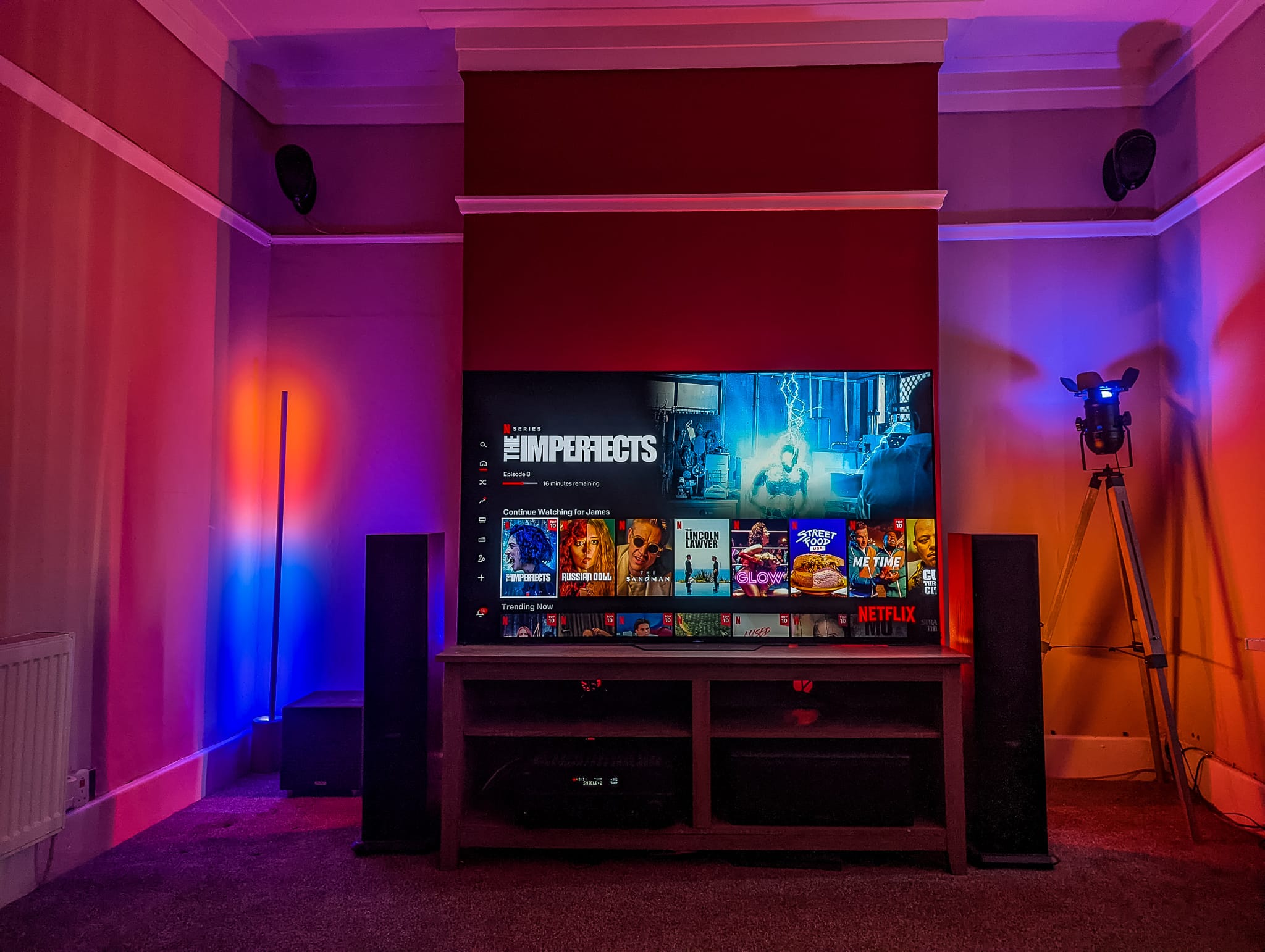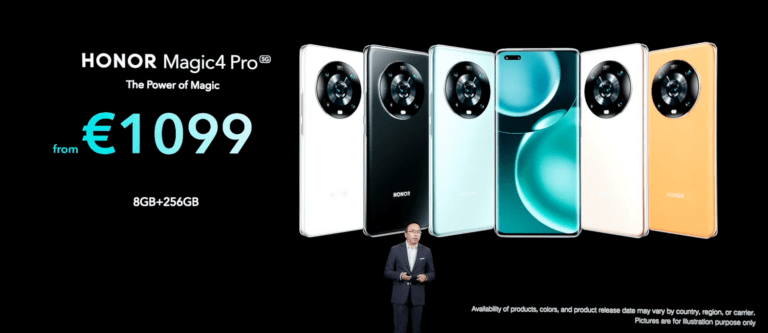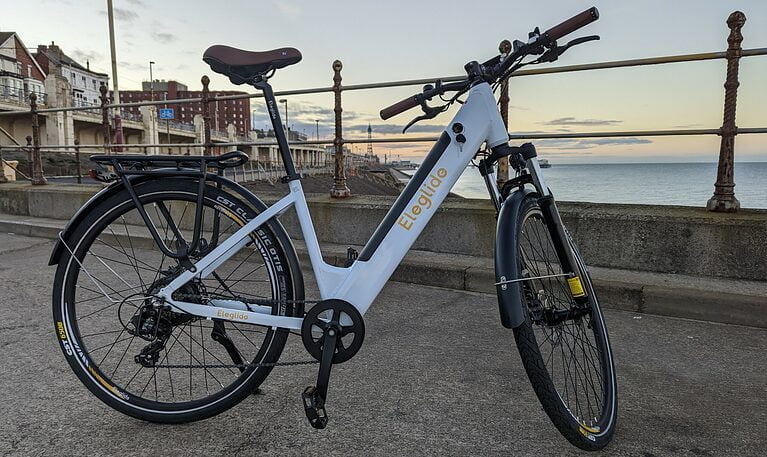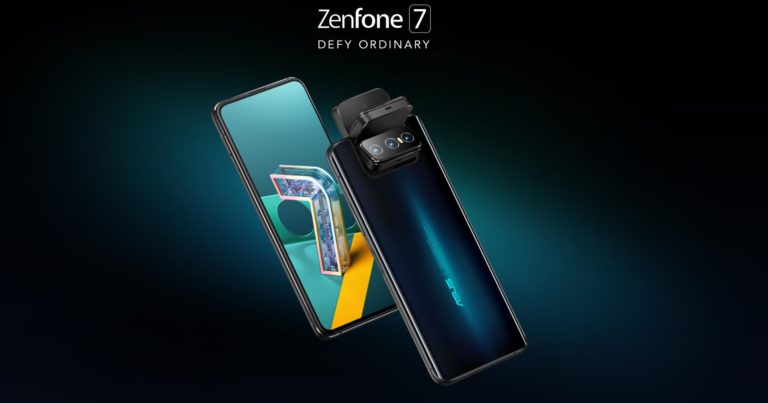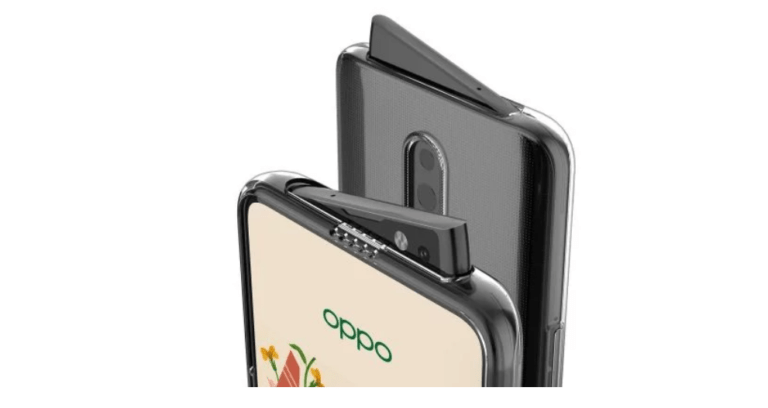Any links to online stores should be assumed to be affiliates. The company or PR agency provides all or most review samples. They have no control over my content, and I provide my honest opinion.
As a fervent admirer of Philips Hue, I’ve dedicated much of the past year to reviewing their products. Initially, I only purchased a couple of bulbs, doubting I would ever extend beyond that. However, due to my obsessive tendencies and propensity for impulsive spending, I’ve significantly broadened my Hue system throughout my home.
If you’re familiar with my reviews, you’ll know that I frequently focus on a product’s price. I’m not against investing a substantial sum into a product, but I tend to be hypercritical when it comes to premium prices. Conversely, with more affordably priced products, I’m more forgiving of their imperfections.
Given the premium cost of Philips Hue, one might think I would scrutinise them more rigorously, and perhaps I should. However, in my experience, no other smart lighting brand matches Hue’s quality. It’s not solely about the lights themselves, but also includes the sensors, switches, the Hue app, and the brand’s robust support across third-party systems.
Despite being rather frugal – a trait common in us Northerners – I haven’t fully committed to Philips Hue. Instead, my smart home technology is an assortment of various brands, including Aqara, TP-Link Kasa, TP-Link Tapo, and Wiz Connected.
While it’s far from ideal, most of my home is now smart-enabled, incorporating light switches and plug sockets.
Converging everything into one system
As my Hue system has expanded recently, I’ve started considering the prospect of consolidating everything into a single system. Initially, I planned to utilise Homey for controlling all devices. While the Homey Bridge is excellent, it necessitates a constant internet connection. I subsequently encountered difficulties acquiring the new Homey Pro, leading me to lean towards properly setting up Home Assistant.
In addition, I’m toying with the idea of giving SmartThings another go, given that the V3 hub is compatible with Matter and operates as a Thread Border Router.
Can Philips Hue Control Other Bulbs?
A pragmatic solution for my smart lighting requirements might be to integrate everything into Philips Hue. While most of my primary lights utilise Hue, the ones in less frequented rooms and spotlights would need replacing. I’m also considering smart light switches.
The Philips Hue system is capable of controlling other smart bulbs that are compatible with the Zigbee protocol, the wireless communication technology that Hue employs. This could incorporate bulbs from brands such as Innr, IKEA (Tradfri), Cree, Sengled, and OSRAM/Sylvania.
Caveats of using other bulbs with Philips Hue?
There are, of course, some caveats when using third party bulbs:
- Not all features may be available with third-party bulbs, such as certain colour settings or synchronisation with music or movies.
- Some third-party bulbs may require additional configuration steps to work with the Hue system, and others may not be recognised at all.
- Philips has occasionally updated their software to block third-party bulbs from working with the Hue system, citing quality control and user experience issues.
- Using third-party bulbs can technically void your Philips Hue warranty.
- Non-hue bulbs may display a slightly different shade of colour than expected when chosen on the app. They may also react to on/off/change colour at a different pace.
- Some bulbs do not dim down as well as Hue.
One person on Reddit made a useful comment stating that they feel like:
Osram @1% is brighter than Innr @1%, which is brighter than Hue @1%.
Therefore, you probably don’t want to mix bulbs when in the same room and using them all in one scene, as this may cause inconsistencies with lighting.
What third-party bulbs work with Philips Hue?
I have compiled this list as a UK buyer. Many of these options will be available to US buyers, but not all. Similarily, US buyers will likely have a lot of options which are harder to get in the UK.
Ikea Trådfri
Example Products:
- Trådfri LED bulb GU10 400 dimmable/warm white for £8
- LED bulb E27 1055 lumen dimmable/white spectrum globe for £13
- LED bulb E27 806 lumen dimmable/colour and white spectrum globe for £17
Ikea Trådfri lights are compatible with Amazon Alexa, Google Home, and Apple HomeKit. They employ Zigbee for connectivity and can be directly linked to the Hue Bridge. However, the setup process for these lights is not as straightforward as it is for Hue bulbs. In order to connect IKEA bulbs to the Hue system, one must switch the bulbs on and off six times to allow the hub to detect them. While the brightness of their white bulbs is roughly equivalent to Hue’s, their colour bulbs are not quite as bright. Additionally, it’s not possible to update the firmware of third-party bulbs, such as these, via the Hue system.
Lidl Livarno Lux
Smart bulbs from Lidl, under the brand name Livarno Lux, can be synchronised to function with Hue. The white bulbs are exceptional and frequently emit brighter light than their Hue counterparts. However, the colour bulbs from Lidl may not reproduce colours as accurately as the Hue bulbs do.
With these being from Lidl, availability can be inconsistent. You can’t buy them online, and Lidl will randomly stock down their middle aisles. Due to the affordable nature of them, many smart home enthusiasts will be them all up.
Innr
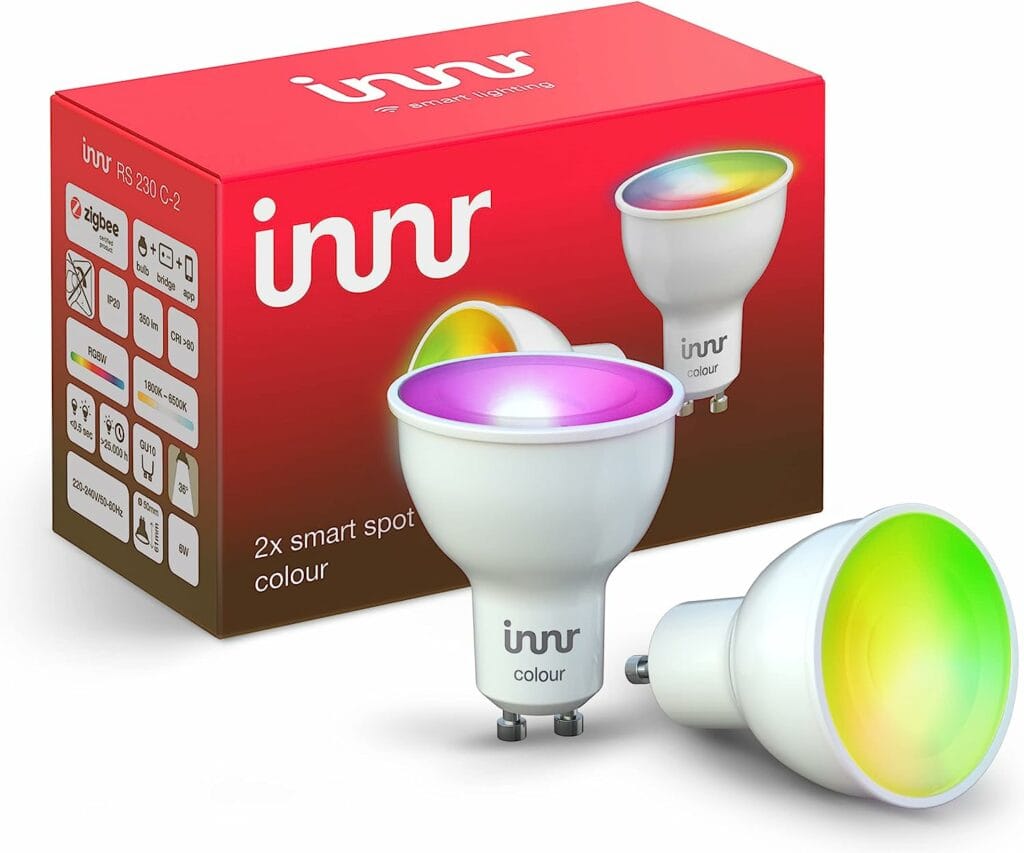
Example Products:
Innr appears to be a widely favoured choice. Founded by a former Philips employee, it’s not surprising that Innr, a European company, boasts excellent compatibility with the Hue bridge. Innr bulbs, available in a broad range of formats, allow one to equip most areas of a home at a reasonable price. Despite both Hue and Innr providing 805 lumens of light, the Innr bulbs tend to shine brighter. Furthermore, both brands offer similar colour accuracy, boasting 16 million colours and a colour temperature range of 2000K-6500K.
Innr Caveats
I have noticed a few criticisms of Innr lights which I think are worth pointing out:
- You cannot update the firmware of the bulbs without an Innr hub.
- Slow transitions, such as home assistant circadian lighting, are noticeable as step changes on the Innr GU10s, whereas on the Hue bulbs, they are not.
- The colours don’t align perfectly, leading to a mismatch when three Hue bulbs and one Innr bulb were used in the same room.
- The Innr E27 bulbs don’t seem to dim as much as the Hue bulbs. When the living room lights were set to gradually brighten at sunset, the Innr bulbs appeared noticeably brighter than the Hue ones.
- It’s uncertain whether Innr bulbs operate as effectively on the mesh network. The GU10s in the bathroom previously required multiple presses from a Hue remote to alter, and occasionally one out of four wouldn’t respond at all. However, this issue seemed to resolve itself once Hue GU10s were installed in the hallway, between the Innr bathroom bulbs and the Hue hub. It’s unclear whether this is a specific issue with Innr, as these symptoms haven’t been experienced with Hue bulbs.
Linkind
Example Products:
Linkind has a wide range of dumb bulbs, but they also have a smaller range of smart bulbs. They have both Zigbee and WiFi bulbs, so if you want to use Philips Hue, you will need to select the Zigbee bulbs.
At the time of writing, they only have one option available to buy, the Linkind Smart E14 LED Candle Bulbs.
Osram Smart+
Example Product:
Osram are another company with a wide range of lighting products which includes both traditional dumb bulbs and smart bulbs. You, therefore, want to look for the Osram Smart+ bulbs and you will want to make sure it is listed as being Zigbee (some are Bluetooth only it seems).
Osram Smart+ bulbs are compatible with Hue in Europe. However, if these bulbs have been imported from the USA, they utilise a different Zigbee standard (ZHA), which isn’t compatible with the Hue system.
Random Brands on Amazon
As I am sure you are familiar with, Amazon will often have a lot of random brands that make appealing-looking products that are attractively priced. These are typically Chinese brands with some bizarre names, they will often be well-reviewed but due to the nature of Amazon, you can’t always trust the reviews.
They are worth trying though, and I would recommend reading any reviews properly, you can normally easily tell the difference between real and fake reviews.
Some options include:
- 2x Cskyzk Zigbee Smart Bulb for £23.99 (£12.00 / count) – Though not the best reviewed
- 2x Enshine GU10 Zigbee Colour and White Ambiance Bulb for £33.99 – Only 6 reviews but positive
- 2x FECONN Zigbee GU10 Smart Bulb for £35.99 (£18.00 / count) – Well reviewed but be aware that the single bulb they list on the product page is WiFi and not Zigbee, so doesn’t work with Hue
- 4x Zignito GU10 LED Colour Spotlight Bulbs for £54.60 (£13.65 / count) – Not the best reviews
I am James, a UK-based tech enthusiast and the Editor and Owner of Mighty Gadget, which I’ve proudly run since 2007. Passionate about all things technology, my expertise spans from computers and networking to mobile, wearables, and smart home devices.
As a fitness fanatic who loves running and cycling, I also have a keen interest in fitness-related technology, and I take every opportunity to cover this niche on my blog. My diverse interests allow me to bring a unique perspective to tech blogging, merging lifestyle, fitness, and the latest tech trends.
In my academic pursuits, I earned a BSc in Information Systems Design from UCLAN, before advancing my learning with a Master’s Degree in Computing. This advanced study also included Cisco CCNA accreditation, further demonstrating my commitment to understanding and staying ahead of the technology curve.
I’m proud to share that Vuelio has consistently ranked Mighty Gadget as one of the top technology blogs in the UK. With my dedication to technology and drive to share my insights, I aim to continue providing my readers with engaging and informative content.

